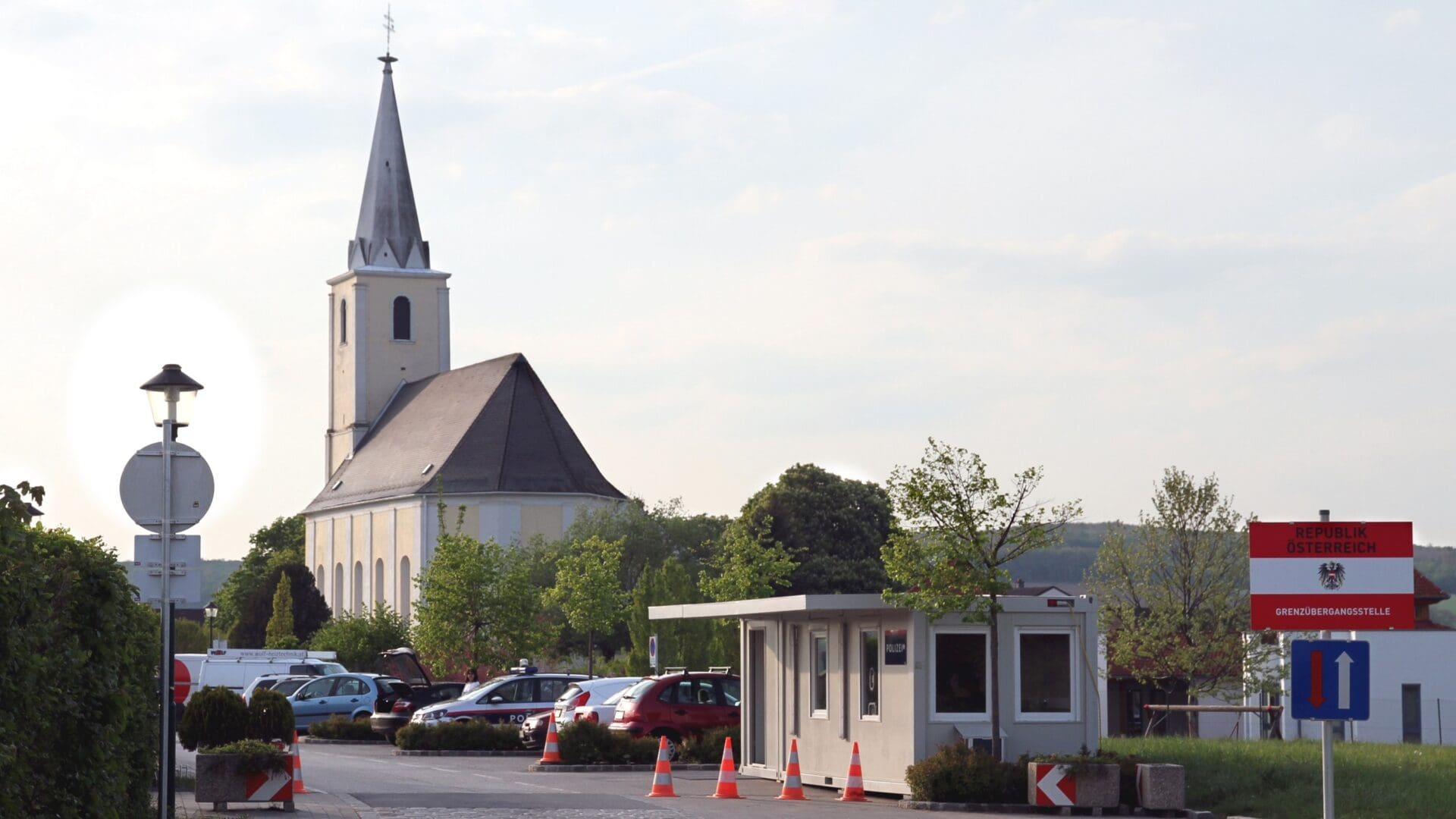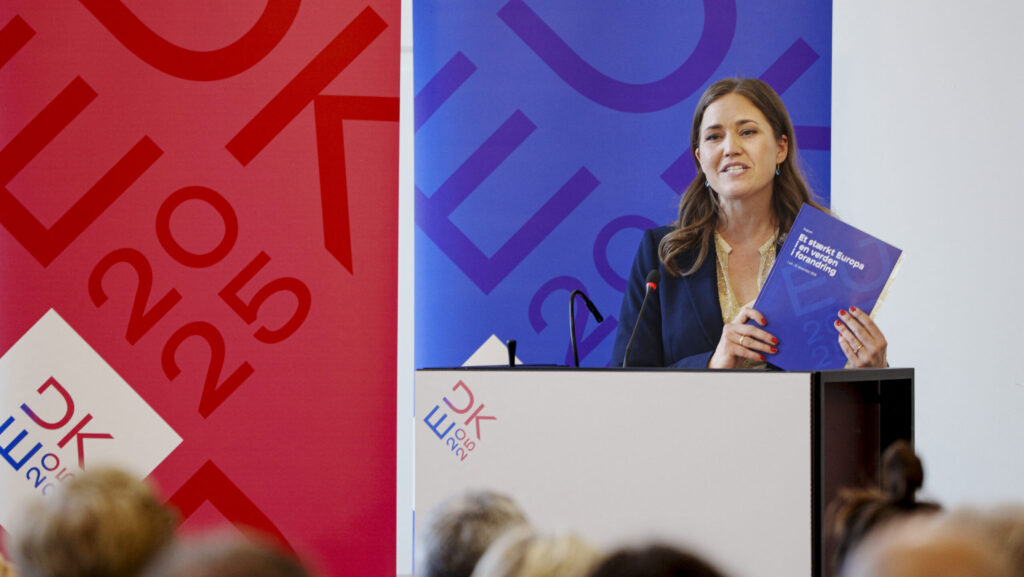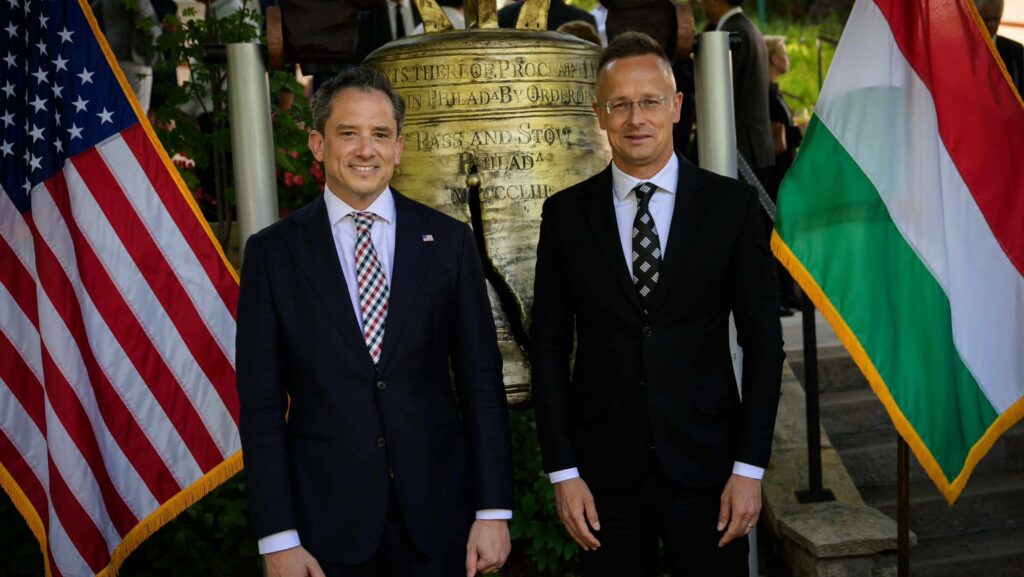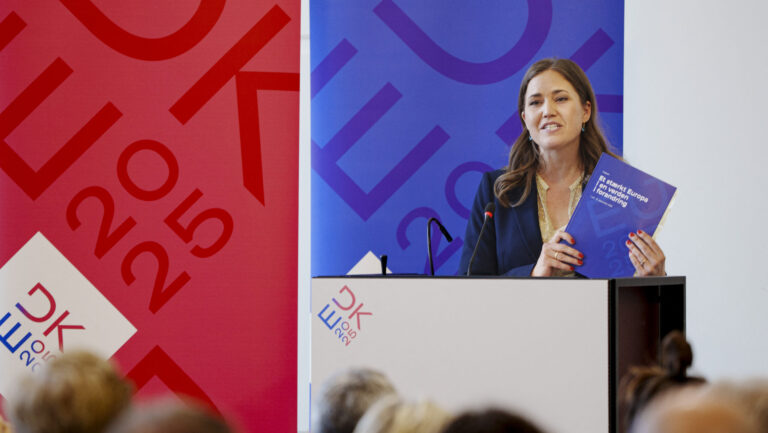At the end of June, a shocking decision was made in Austria: our western neighbour decided to introduce a border-crossing fee at the Schattendorf (in Hungarian, Somfalva)—Ágfalva border. The internationally not much noticed move is a blatant disregard of Schengen and the principle of the free movement of labour within the EU. Although what happened is not yet a border closure in a technical sense, it is very much similar to it.
The mayor of Somfalva announced that from July on, those crossing the border from Ágfalva on the Hungarian side will have to pay a fee, as he believes that Hungarian commuters are involved in many road accidents and the residents of his town are disturbed by the heavy traffic.
The decision, obviously, is not a very wise move, and the Social Democratic mayor of the tiny town of Somfalva, Thomas Hoffmann probably also realises that this decision lacks any legal basis, and will sooner or later it be declared contrary to EU law. Hoffmann, who clearly wanted to score political points with his Austrian constituents, has said that the decision will be examined thoroughly.
According to the decision, a fee of 160 euros, i.e. nearly sixty thousand forints, must be paid by border-crossers as of 1 July. To sweeten the bitter pill, it was also decided that140 euros of the total fee can be redeemed as a shopping voucher in Schattendorf.
Naturally, the measure has caused an uproar among the residents of Ágfalva, who even organised a protest at the Austrian border. According to the mayor of Ágfalva, the solution to the problem could be the opening of new crossings.
Ágfalva and Somfalva: A Settlement Torn Apart
Ágfalva and Somfalva were organically connected for centuries; Somfalva became part of Austria in 1921 as a result of the Trianon Treaty, but this did not sever the relations between families living on different sides of the border; later, however, the Iron Curtain made communication and travel almost impossible.
For a long time even after the regime change only a poor-quality dirt road connected the settlements. Finally, within the framework of an EU project, an asphalt road was built between them in 2010 at a cost of 700,000 euros, which was welcomed on both sides of the border at that time.
But it is not only those living in the immediate vicinity of the border who were adversely affected. Commuters living in the Sopron agglomeration have also realised that crossing on this route is faster than using the Sopron-Klingenbach border crossing. By now, almost everyone from Sopron commutes to Mattersburg (Nagymarton) or Wiener Neustadt (Bécsújhely) or goes shopping to Sopron from the other side of the border through the Somfalva–Ágfalva crossing, rather than making a half-hour detour to the Sopron border. As the number of commuters has been increasing year by year, the road and the crossing originally intended for cyclists has become busier and busier.
Austrian Mayor Thomas Hoffmann first introduced a temporary ban on entry in 2015. When this move did not live up to expectations, the mayor considered more radical measures, and in January this year he informed the public that he would equip the border crossing with barriers and cameras. The mayor also wanted the camera to read car number plates and for the barrier to open only when a vehicle for which a toll has been paid arrives at the border. On this issue, he went as far as Austria’s interior minister, but he rejected the barrier proposal on the grounds of EU rights and ensuring the free passage of borders. In addition, the mayor has previously threatened to completely close the border crossing with concrete blocks or columns if the barrier is not approved. And so we have arrived at the current state of affairs.
What Exactly Does Schengen Mean?
The creation of the Schengen area is one of the main achievements of the European project. It started as an intergovernmental project in 1985 involving five EU countries—France, Germany, Belgium, the Netherlands and Luxembourg— and has gradually expanded to become the largest area in the world where people can travel freely.
The Schengen Agreement consists of two main pillars: the abolition of internal border surveillance and joint control of external borders. Thus, under the Schengen Convention, members do not carry out checks at their internal borders, except in the event of certain threats, while at their external borders they carry out harmonised controls based on clearly defined criteria.
Can Border Controls be Reintroduced Within the Schengen Area?
Due to the COVID-19 pandemic, several EU countries decided to reintroduce temporary internal border controls between 2020 and 2022. Controls have also been reintroduced in other circumstances, including in 2015, in the wake of the migration crisis, and following terrorist attacks or increased migratory flows to the EU. However, internal border controls should by only be reintroduced in extreme cases.
Restrictions Possible in Exceptional Circumstances
The Schengen Borders Code allows Member States to reintroduce border controls at certain internal borders in exceptional circumstances that pose a risk to the functioning of the entire Schengen area. In such a case, the Council, acting on a proposal from the European Commission, may recommend that one or more Member States reintroduce border controls.
The controls to be introduced in exceptional circumstances must be approved by the Council. The Schengen Borders Code also provides that Member States may introduce temporary border controls in order to prevent a serious threat to the public or internal security.
In such cases, the Member State concerned must notify the Commission and the other EU countries at least four weeks before the checks are introduced, or a shorter period if the circumstances are not known in advance. The reintroduction of internal controls in the latter case does not require the approval of the Council.
The Position of the Austrian Mayor is Difficult to Defend Legally
So as far as the relevant legislative framework for Schengen is concerned, the situation is quite clear. It is certainly not possible to invoke the existence of exceptional circumstances posing a risk to the functioning of the entire Schengen area in the case of the border crossing point between Somfalva and Ágfalva.
Furthermore, according to Article 21 of the TFEU of the Union, based on the principle of non-discrimination and EU citizenship, every citizen of the Union has the right to move and reside freely within the territory of the Member States, subject to the limitations and conditions laid down in the Treaties and by the measures adopted to implement those. In addition, Article 45 of the Charter of Fundamental Rights of the European Union also says that every citizen of the Union has the right to move and reside freely within the territory of the Member States on the basis of freedom of the principle of free movement and residence.
In the light of the above, it can be convincingly argued that Thomas Hoffmann’s decision is unlawful under EU legislation, since the measure hinders the free movement of workers.
In addition, the mayor’s impromptu decision does not solve the actual problem; it only creates further conflicts. Although it is perfectly legitimate to suggest that the noise pollution caused by the huge number of vehicles passing through his town needs to be addressed, the solution is not to penalise those who cross the border. Possible, more constructive solutions may include the improvement of the community transport infrastructure at local level or the opening of new crossing points so that those wishing to enter Austria are distributed more proportionately.








